Heavy!Create a characteristic town of transportation!Zhangjiawan will reproduce the style of the ancient town like this-
Author:Published by Beijing Tongzhou Time:2022.06.20
Beijing Tongzhou Release (BJTZFB)
Beijing Urban Deputy Middle Center Official WeChat
"Where is it? Soul Dream Recalling Zhangwan. After the sign language secretly spreads, the lip fragrance is near the wine glass ..." Cao Xueqin's friend and Emperor Qianlong had many times to come to Zhangjiawan.
The Ming people Cao Daixiao also has the poem "Forty Sacrifice of the East Bay of Lishui, there are countless purple clouds. Wang Sun Chi Malaysia passed by, and smiled at the red building listening to Yuzheng", describing the old city of Zhangjiawan in the past Shengjing.
Enter today
Zhangjiawan is from Beijing City Deputy Center
Important function group
Still responsible for sacred historical mission
Ancient Town and Design Town
Ancient and one present, complex completion of each other
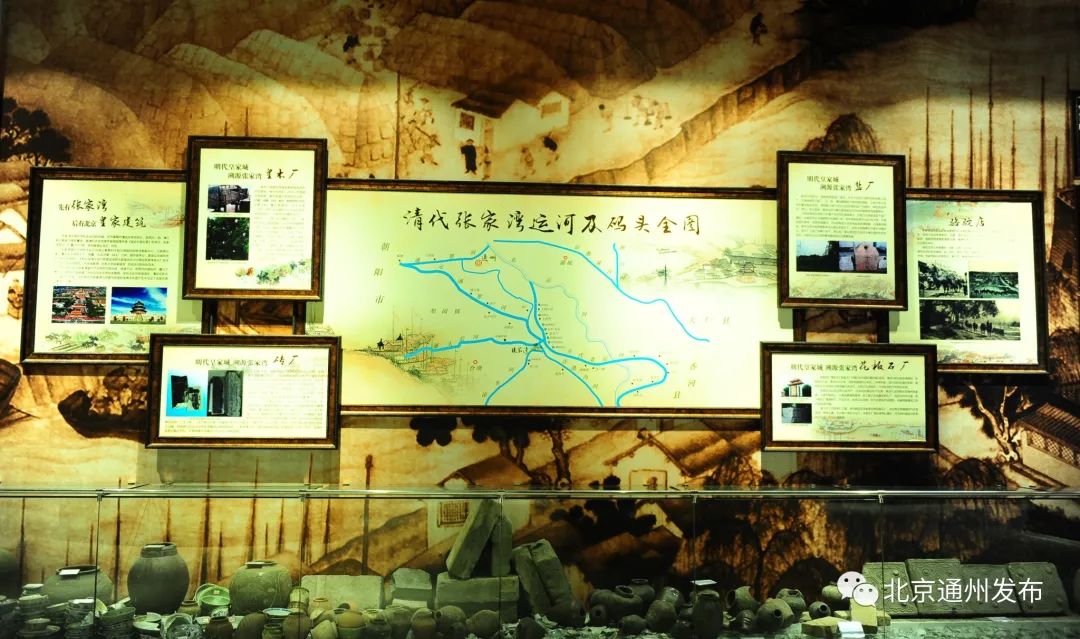
The "Beijing Grand Canal Cultural Protection and Inheritance Implementation Plan" announced before proposed that it is necessary to develop and build the Zhangjiawan ancient town, strengthen the protection of the canal cultural heritage, create a small town of transportation cultural characteristics, and reproduce the historical style of the ancient town.
Bleak
Then you know the ancient town
What exactly did that year?
How
Reappear in the ancient town?
In 2021, the Propaganda Department of the Tongzhou District Party Committee launched the Zhangjiawan History and Cultural Research Project. The research team carried out preliminary literature collection and sorting, including the results of Zhengshi literature, ancient literature, and modern academic research.
At the same time, the Zhangjiawan "Knowledge Alliance" plan was launched to solicit the research results of Zhangjiawan's cultural research and historical data for the national solicitation. Literature, academic achievements, scores, old photos, etc. Wisdom, opening the door to ask the strategy, group strategy, tell the story of Zhangjiawan, inherit the Zhangjiawan culture, and enhance the influence of Zhangjiawan.
According to reports, relying on the collection of historical materials collected, the Propaganda Department of the District Party Committee is being re -drawn to the ancient maps, ancient city streets and heritage points of the Zhangjiawan area to allow satellite maps to reproduce the ancient city texture.
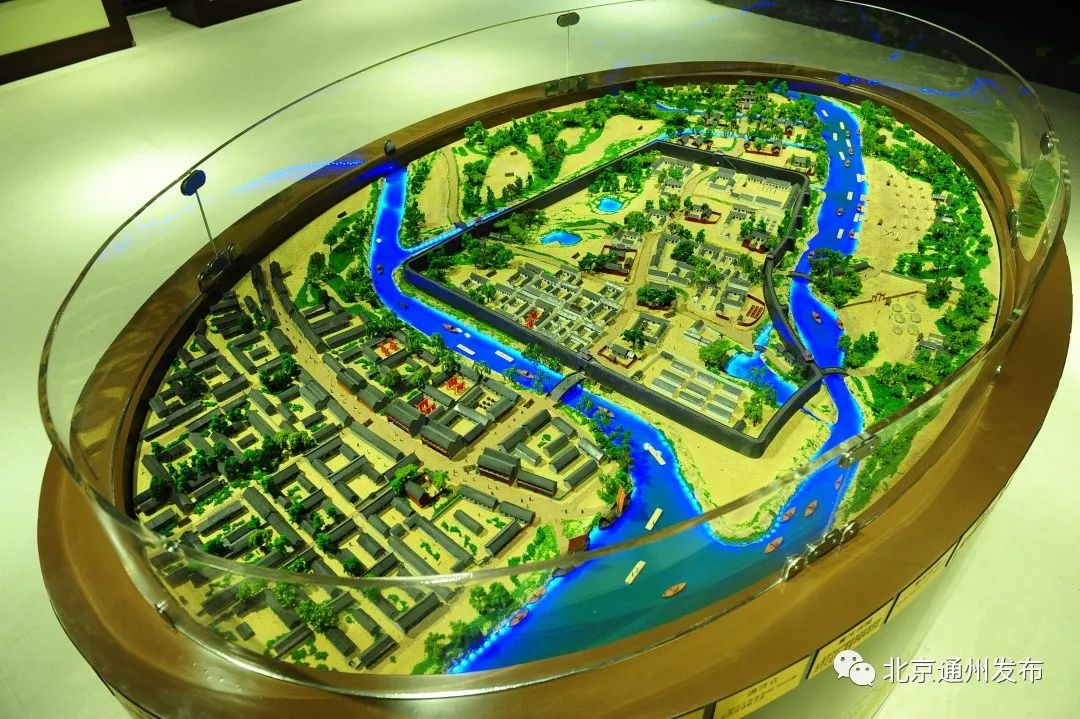
"Bay" specifically refers to Zhangjiawan
Zhangjiawan's name came from Yuan Zhangye's governor of the sea, which has a history of more than 700 years. If the center of gravity of the transportation terminal is transferred to the two dams of Turkishi, the beginning of the year of the Ming Jiajing, then Zhangjiawan Yunyun Terminal is more than 240 years earlier than Tongzhou.
According to archeological discoveries, the ancestors in the Western Han Dynasty had been born on the shore of the water.
In June 1983, Tanglu Longfu was unearthed from Xiaoling Village, Liyuan Town, which was not far from Zhangjiawan Village.
According to the inscriptions of the epitaphs: "There are Luohe River in the east, the Great Wall in the west, and the Jozaki forest in the south and the ancient times of Linhe.
It can be seen that there are water water and the Northern Qi Great Wall in Zhangjiawan in the Tang Dynasty. Kim Qian moved to Yanjing, promoted to Tongzhou, and Tongzhou became the transportation hub. The capital of the Yuan Dynasty was a capital, from Jiangnan Haiyun Grain to Tongzhou to transfer to the metropolis. In the 29th year of the Yuan Dynasty (1292), the famous scientist Guo Shoujing rejected the Huihe River and was completed the following year.
The lower reaches of the Tonghui River is the Jade Belt River, entering the Baihe (North Canal) in the east of Zhangjiawan Village, which laid the foundation for the rise of Zhangjiawan. The Emperor Yongle of the Ming Dynasty moved to Beijing. Various materials were transported from the Grand Canal to Beijing. Zhangjiawan developed rapidly into Jingdong Giant Town. The people were spoke and the business was prosperous.

"The literature and materials of the ancient town are very rare and extremely scattered, and it is very difficult to collect and organize. At present, the map is being drawn, and some heritage points such as the Tie anchor Temple, the Datang Temple, the Guandi Temple and the Shanxi Guild Hall have already available. Very harvest. "Chen Xibo, a consultant of the project research team and specially invited CPPCC members of the CPPCC of Tongzhou District.
At present, the project mainly focuses on the four parts of "the world's arrival in the bay", "Jingmen Town", "Getting the Universal" and "Bay" of the Times.
The collected historical history involves the historical revolution of ancient Zhangjiawan, the change of geographical water system, the historical materials of transportation, the competence, the emperor's instructions, and the construction specifications of Zhangjiawan Wharf, the construction specifications of various factories.
The collected academic report involves the changes in Zhangjiawan's docks, river changes, transportation incidents, cultural heritage, red academic culture, and information on the Department of Government.
Modern literature research that has been collected involves humanistic overalls, transportation regulations, ancient construction materials, old photos, and Zhangjiawan's political, cultural, and history.
in--
World of the World
The "world's arrival in the bay" focuses on the perspective of transportation, freight, passenger transportation and other perspectives developed from the Zhangjiawan area, to show the status of ancient Zhangjiawan in the national economic and cultural exchanges in historical materials.
Jingmen Chong
The "Jingmen Chong Town" mainly studies the historical and cultural context of the ancient city of Zhangjiawan. From the perspective of the relationship between Zhangjiawan and the capital, in depth discussions in combination with historical facts.
Gathered world
The "gathered world" analyzes the context of Zhangjiawan from the perspective of cultural heritage, and uses cultural relics, relics, and literary works to describe the cultural connotation and folk customs left by Zhangjiawan.
"Bay" of the Times
The "Bay 'of Times" focuses on discussing the development potential of Zhangjiawan in the new era, combined with planning, and made reasonable and scientific suggestions based on culture.
Speaking of the term "arriving in the bay", "Mingshi Record · Sejong Real Record" Volume 98 records: "The ministers may be in the later stage of transportation, and the lower households will arrive in the bay in the future. Still. "
Chen Xibo said that in the relevant historical documents they found, the term "arriving in the bay" has appeared more than 50 times, of which 3 times in "History of Ming Dynasty", 2 "Records of the National Dynasty", 17 times in Mingshi Record, " Two times, "List of River Defense" once, "Yunyun Tongzhi" once, "The Old I heard the test" once, "Edited by the Emperor's Sutra", 3 times , "Sichuan Tongzhi" once, "Zhejiang Tongzhi" once, "Water Water" 5 times, "Downship Document Test" once, "Qin Ding Continued Documents" 1 "Five times," Draft of the Shengzhou "5 times," Jiyama House Draft "once, and twice" Zhouzhong's Playing Shu Shu ". "During the Ming and Qing Dynasties, 'Bay' was a proprietary word, especially Zhangjiawan. The information of the transportation, freight, freight and other materials arrived in Zhangjiawan. The important position of Zhangjiawan during the period. "Chen Xibo said.
Tiechao Temple is not Tieniu Temple
There are clouds in the folk: "Tongzhou City, so big boats, burning pagodas to make masts, the warehouse of the bell and drum tower, the cable of the jade belt river, the iron anchor fell in Zhangjiawan ..." This iron anchor refers to the iron anchor temple, the iron anchor, the iron anchor, the iron anchor, Temple is an important element that reflects the culture of the Grand Canal of Tongzhou.
Many literatures record that Tiechao Temple is located on a flat land outside the north gate of Zhangjiawan City and on the west bank of He. It was also famous 700 years ago. At that time, it was also called the "Five Elements Temple". The temple is not worshiped by the Buddhist fairy, but a iron -casting cow, commonly known as "Tieniu Temple". Because the Tang Dynasty regarded iron cows as the god of town water, and "Iron Cow Poems" was written.
Chen Xibo found the real source of Tiechu Temple in the Zhangjiawan History and Cultural Research Project.
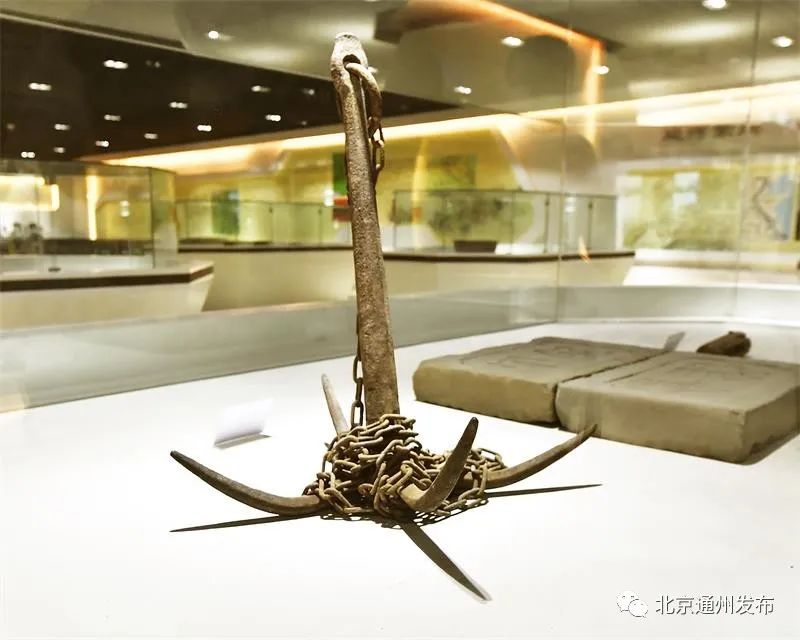
"Tie Anchor Temple is not Tieniu Temple, but is related to the iron anchor factory set up in Zhangjiawan in the Ming Dynasty. Jiajing's" Tongzhou Zhiluo "is recorded as the 'Iron Cat Factory', and the" Cat "is the error of the" anchor ". The anchor is a tool used by ships and other ships. The iron anchor plant must create iron anchor services for the ship. "Chen Xibo said.
"Yin Yin Zhi Lue" records that Zhangjiawan has an ancient iron anchor: "Ancient cable boat iron cat (anchor). Outside the north gate of Zhangjiawan, there are ancient iron cats (anchors) seven, all rough from the giant pillar, which can be heavy. Thousands of pounds, Gao Zhangyu. The middle school has a large iron ring, and only one hole has been kept. Yu, vulgar call is an iron cat (anchor) temple. "
In the Daoguang reign of "Yin Yin Zhi", the iron anchor recorded in the book should be the relics of the iron anchor factory in the Ming Dynasty. At that time, the iron anchor factory had been deserted for a long time. Because there is a temple near the iron anchor factory, this temple is commonly known as the Tie anchor Temple. When it is Daoguang, there are seven large iron anchors stacked beside the temple.
On the modern map of Tongzhou and Zhangjiawan in modern times, it is also found that the Tie anchor Temple is also found to be a settlement, located on the west side of the north of the north gate of the ancient city of Zhangjiawan.
Studies have found that a map of the 25,000th of the Tongzhou map of the 25,000ths of the Beijing Army Survey Bureau, which was published in 1915, and one of the 25,000ths of the 25,000ths of the 25,000ths of the French Puyi Yaya in 1925 The position of the Tiechao Temple was marked outside the north gate of Zhangjiawan City.
The ancient Zhangjiawan brief picture in the book "Zhangjiawan Porcelain Record" written by Wang Shiyi was painted by Cao Zhiyi, the manager of Zhangjiawan Village Industry Company at that time. The location of the North Railway Temple is consistent with the location of the Tie anchor Temple marked in the Modern Zhangjiawan Map.
According to the collected literature records, the project research team found that there were Linyu Temple, Guanyin Temple, Tienian Temple and Guzhou Temple in the north gate of Zhangjiawan.
Among the four temples of the North Gate of the North Gate in the ancient Zhangjiawan brief picture, Cao Zhiyi was only west of the Tiechura Temple on the west of the north gate.
Kangxi's "Tongzhou Zhi" records Xingguo Temple, "Outside the north gate of Zhangjiawan, the old famous Linyu Temple." Guangxu's "Tongzhou Zhi" records that there is a lone boat temple outside the north gate of Zhangjiawan, "the old in the north gate of Zhangjiawan, the north gate of the state, and the west of the north gate of Zhangjiawan"; Tieni Temple, "Old in the north of the north gate of Zhangjiawan, the state , For a long time "; Guanyin Temple," Outside the north gate of Zhangjiawan, today is invalidated, the base is still existed. "
Judging from these records, only the Guzhou Temple is west of the north gate of Zhangjiawan, which corresponds to the location of the iron anchor temple in the ancient Zhangjiawan brief map with modern maps and Cao Zhiyi. Therefore, it can be determined that the Zhangjiawan iron anchor factory in the Ming Dynasty should be next to the Guzhou Temple.
"The predecessor of Tiebu Temple was the Tieniu Temple, and it was untenable, because Tienian Temple and Tiedao Temple were not in the same place." Chen Xibo said.
In the Ming and Zhou Dynasties, there is such a record in the "Tong Grain Hall": "There are abandoned monuments in Zhangjiawan Fresh Fish Temple today: Tonghui Canal from Datong Bridge to Tongzhou Zhangjiawan," at the end of the article Saying "the fresh fish gate is the Guangli gate", the Guangli gate is in the new village of Tuchong, and its site is in Xinqiao Homeland. It can be seen that Tieni Temple was originally in Turbhag, and the Tulia was about 1 kilometer north in Zhangjiawan. "Outside the door", the Tiebu Temple is near the north gate of Zhangjiawan City. It can be seen that Tieniu Temple and Tiebuka Temple are located in two places. The statement does not break.
Zhangjiawan once set up the Royal Camel Pavilion
During the Kangxi reign of the Qing Dynasty, there was a camel hall in Zhangjiawan, which was responsible for feeding some of the camels used for the holy driving patrol.
According to Qianlong's "Qin Dingqing Ceremony Example" records: "During the Kangxi reign, the Dingjing City Yuhe Bridge, Dongzhimen and Zhangjiawan of Tongzhou were set up, and one fifty fifty hugs were set up to prepare for the lucky and fortune. Carrying camps and net cities. Its camel rushed to Tianjin Muchang in March, rushed to the outside of the mouth, and returned to the museum to feed in September. "According to reports,
The emperor of the Qing Dynasty was fortunate to stay in the wild during the hunter and hunting.
"Xiaoting Continuation Record" records the imperial camp system: "Everyone in the autumn Manchuria every year, and except for the CCB Palace, the other are all stationed in the palace, and the name is the royal camp. The meaning of forgetting the book is also. Customized, the guardian of the army led one person, and led its belongings to a wide range of faces. Jingmen, covering the yellow curtain. It is a net city, and one door is set south and east to west. Account. The Minister of the Division of Jingmen led the guards to relatives and guards.
The Royal Camp Center is the square wall that is surrounded by the yellow lacquer wooden rack covering the yellow cloth of the yellow cloth. Circular network cities; two tips around the net city. The materials used in Huangbu Mantra and Net City were transported by camels. Therefore, the Qing court specifically set up three camel museums in Beijing and Zhangjiawan to feed these camels.
In the sixteenth year of Qianlong, because the eight flags had a total of more than 800 camels under the leader, they decided to use the mantra city and the camel of the net city to take it from the camel of the camel in the eight flags. The 150 camels fifteen from the bridge, Dongzhimen and Zhangjiawan, as well as all the Camel Museum's long, vice vice, Ding Ding, and guardians.
The South Gate of the ancient city was originally called "Four Sea Tongjinmen"
The ancient city of Zhangjiawan, from the map, is narrow from the map, and it looks like a wish in the layout. The folk has the title of "Ruyi City".
The ancient city of Zhangjiawan is an important barrier for Gongwei Jingshi and the protection of transportation. It was built in the middle and late Ming Dynasty.
Due to the many urban functions, there are many government agencies in the ancient city of Zhangjiawan, which involves all aspects of transportation, river governance, material transfer, station transportation, commercial trade, and public security defense.
Chen Xibo said that Zhangjiawan, as a large passenger terminal, has a variety of customs and beliefs. These multiculturals are fully reflected in the construction of temples distributed in the ancient city of Zhangjiawan. culture.
In the early days of Zhangjiawan, there was no city wall. In the spring of the forty -three years of Jiajing, Mongolia invaded and shocked Gyeonggi. In order to defend the Zhangjiawan, Yin Liuyu of Shuntianfu applied for the construction of the city, and the Ministry of Industry approved the suggestion. He ordered the government to be Guo Rulin and sentenced Ouyang Yu to build the city in February of that year.
According to Xu Jie's "Zhangjiawan City Ji" records, this time, "redeeming the officials of the officials and the help of the people and the people of the people, the construction of the camps, the brick to take the accumulation of the inner official factories, and the stones to take the roads and bridges of the roads Those who are abandoned and 夫, the husbands who take the guards of Zhu Tongzhou and the merchant of the Shang Ruo people ", which means that the funds are donated by officials and the people and the people. The inventory of the brick factory, the stone comes from the abandoned material of the road and bridge.
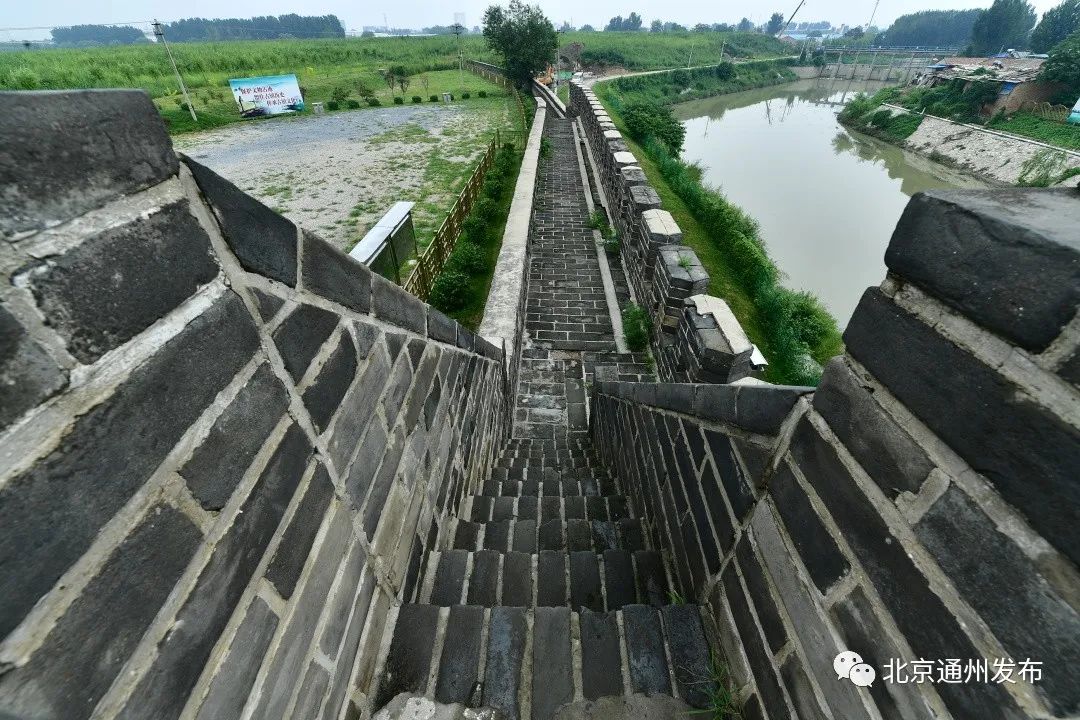
After three months of construction, Zhangjiawan City was completed. , Blocking the water is dangerous, the west and north are moving, the door is four, each crown is the building, and the door is the one, the water pass, and the city system is prepared. "
In order to protect the safety of grain and tribute, official students, and business travel, there is also a backup house in Zhangjiawan City. There are a member of the guardian, the supervisor's five hundred guards. The people of the bay, the gentry of the north and the south, the ambassador of the Siyi dynasty in China, the generals of the year, the merchant of the businessman Jia, and there is no fear. It can be seen that the construction of Zhangjiawan City has increased the safety of urban and towns on the one hand, and on the other hand, it plays an important role in Gongwei Jingshi.
Chen Xibo said that the ancient city of Zhangjiawan faced the Yuda River (Tonghui River in the Yuan Dynasty), the Luanhe River in the southeast, the south of the Hunhe River (now Liangshui River), and the Empress Dowager was remitted into the Liangshui River in the southwest of the ancient city.
There are five gates in the ancient city of Zhangjiawan, east gate, south gate, west gate, north gate, and east. There are cross -river bridges outside the gate, and there is a bridge outside the east gate to cross the Huihe River name Dongmen Bridge. The original Banqiao of the south gate of the ancient city, the Shiqiao was rebuilt during the Wanli year, named Tongyunqiao, and it is still well preserved.

Tomorrow for three years in October, the North Korean envoy Zhao Zhao came to China. On October 18th, Jiachen along the canal north to Zhangjiawan, recorded in his diary: "Twenty miles of early, to Tongjin Gate in the four seas, but Nai, but Nai, Nai, Nai, but Nai, but Nai, but Nai, but Nai, Nai, Nai, Nai, Nai, but Nai, Nai, Nai, but Nai, Nai, Nai, but Nai, Nai, Nai, but Nai, Nai, Nai, but it is Nai. Zhangjiayuan (Bay) also. It is twenty miles to the west gate of Tongzhou. "Obviously, the Four Sea Tongjin Gate that Zhao Yan arrived was the south gate of the ancient city of Zhangjiawan.
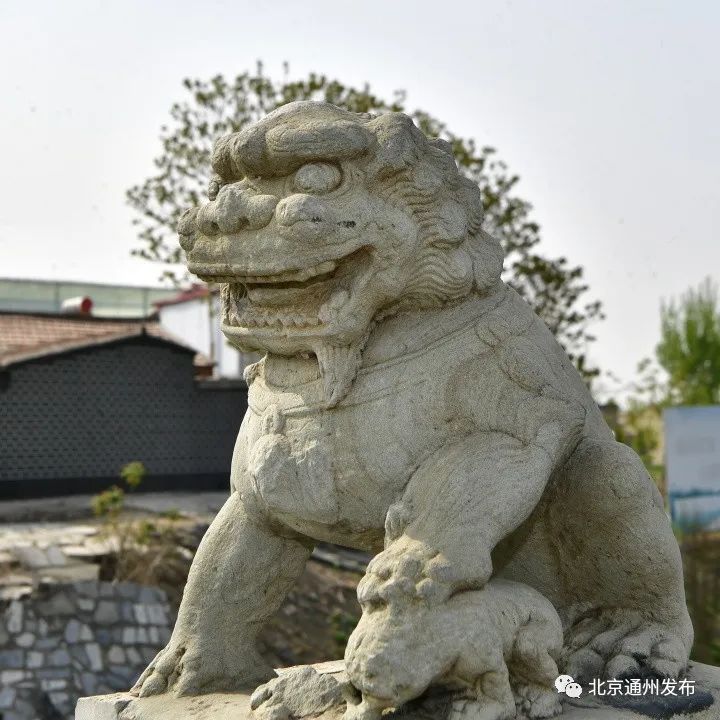
Heavy! Tongzhou District issued 64 measures to coordinate the prevention and control of the epidemic and stabilize economic growth
Issuing support funds of 214 million yuan! Detailed explanation of "Tongba" to help the enterprise helps to relieve the rescue-
The country's first Yuan -Universe Digital Art Industrial Park was unveiled in the sub -center! The latest news of "Sub -center" brings the latest news--

Zhang Li, a reporter from Rong Media Center, Tongzhou District
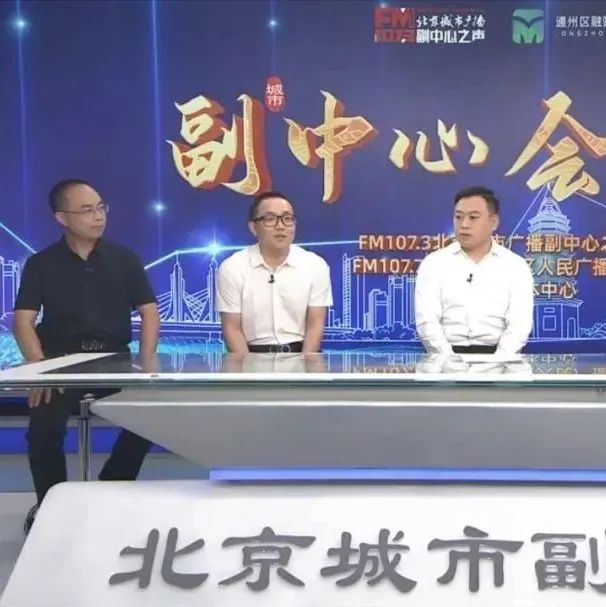
Photography Tang Jian
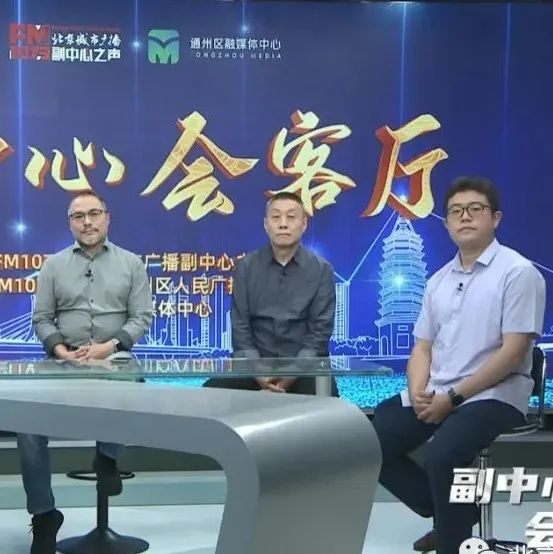
WeChat editor Wang Xuan
Welcome to follow, forward, and share! If you reprint in the public account or network, please indicate the source:
Published by Beijing Tongzhou (ID: BJTZFB)
For infringement, legal responsibility will be investigated.
Welcome to download Ronghui Sub -center app
Android system long press identification
Apple mobile phone long press recognition

Published by Beijing Tongzhou
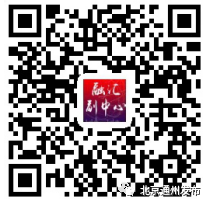
WeChat: bjtzfb

Tongzhou official authoritative information release
Long press the QR code to follow
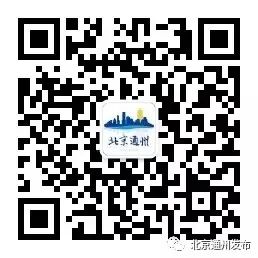
- END -
The Meteorological Bureau of Pulandian District issued a thunderbolt yellow warning [III class/heavi
At 00:56 on June 10, 2022 at 00:56 on June 10, 2022, Lightning and Signal: It is expected to have lightning weather in the early morning of the 10th to the morning of the 10th to the morning of the 10
Those things to eat bacteria | How to identify toxic wild bacteria?Poke → →

EditorWith the arrival of the rainy season, the fungus rushed up, and it was the s...